T4K3.news
Deer fibroma found in several states
Wildlife experts say the condition is usually harmless to humans and recommend leaving affected deer alone.
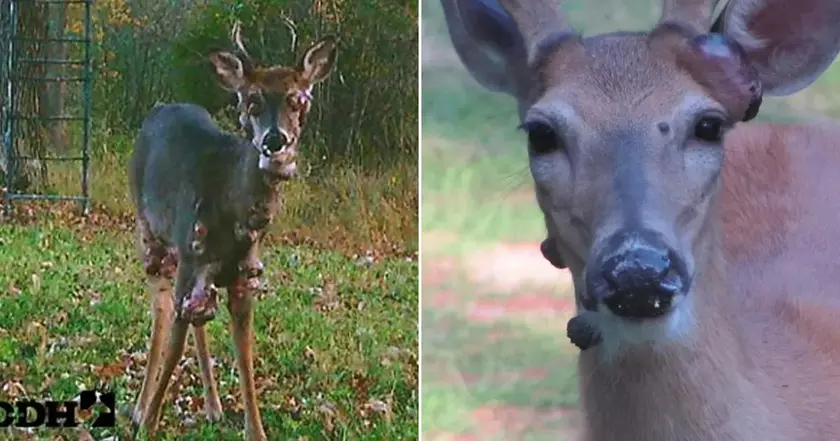
Online posts describe deer with fleshy growths across several states as experts explain the condition and its risks.
Deer with fleshy bubbles spotted in the US draw wildlife health concerns
Social media posts from New York, Pennsylvania and Wisconsin show deer with large, fleshy growths. Officials say the condition is deer cutaneous fibroma, commonly known as deer warts, a mostly benign infection that does not spread to humans. The lumps can range from pea-sized to football-sized and may appear on the head, neck, and forelegs. While they can hinder movement or feeding, most deer recover as the growths dry up and fall off over a few months.
Fibromas are transmitted by biting insects, especially in warmer months, though direct contact with an infected deer or contaminated surfaces can also pass the infection. There is no known treatment or cure, and authorities advise leaving infected deer alone; hunters who harvest an infected deer should skin the animal as usual. The broadcast of such cases is not unusual, but officials stress that these are common, wildlife-side conditions and not a sign of a broader outbreak. The Maine Department of Inland Fisheries and Wildlife notes hunters may encounter infected carcasses during hunting season and provides standard skinning guidance. This pattern has appeared before and remains a normal part of wildlife disease dynamics in temperate regions.
Key Takeaways
"Deer warts are mostly benign and not a threat to people"
Statement from wildlife health researchers clarifying human risk
"Let wildlife be and science will guide the next steps"
Ecologist urging humane, fact-based response
"Social media chatter can distort a wildlife condition into a scare"
Observation on online discourse around wildlife health
"Climate change may boost the insects that spread fibromas to deer"
Dr. Omer Awan linking vectors to broader trends
The report highlights how easily striking wildlife images can shape public perception. A benign skin condition becomes a viral talking point, inviting sensational language while scientific nuance is tucked away in explanations. Editors face a challenge: balance curiosity with accuracy and avoid fueling fear.
Beyond the facts, the piece invites readers to consider how climate and ecology interact with disease vectors. Warmer seasons can boost mosquitoes and other insects that help spread fibromas, but the bigger question is how to communicate uncertainty without dampening public interest or eroding trust in wildlife agencies.
Highlights
- Infections like fibromas fade with time and patience
- Let wildlife be and science will guide the steps
- Social media can turn a common deer issue into a far larger story
- Climate and insects shape how often deer get these growths
Public reaction risk around deer fibroma misinformation
The spread of dramatic images and sensational captions could cause fear or misdirected actions. While scientists describe fibroma as mostly benign and not a threat to humans, misinformation can lead to unnecessary panic or improper handling of wildlife.
Facts over hype should guide how we talk about wildlife health.
Enjoyed this? Let your friends know!
Related News

Deer deaths in Hamilton County prompt wildlife testing
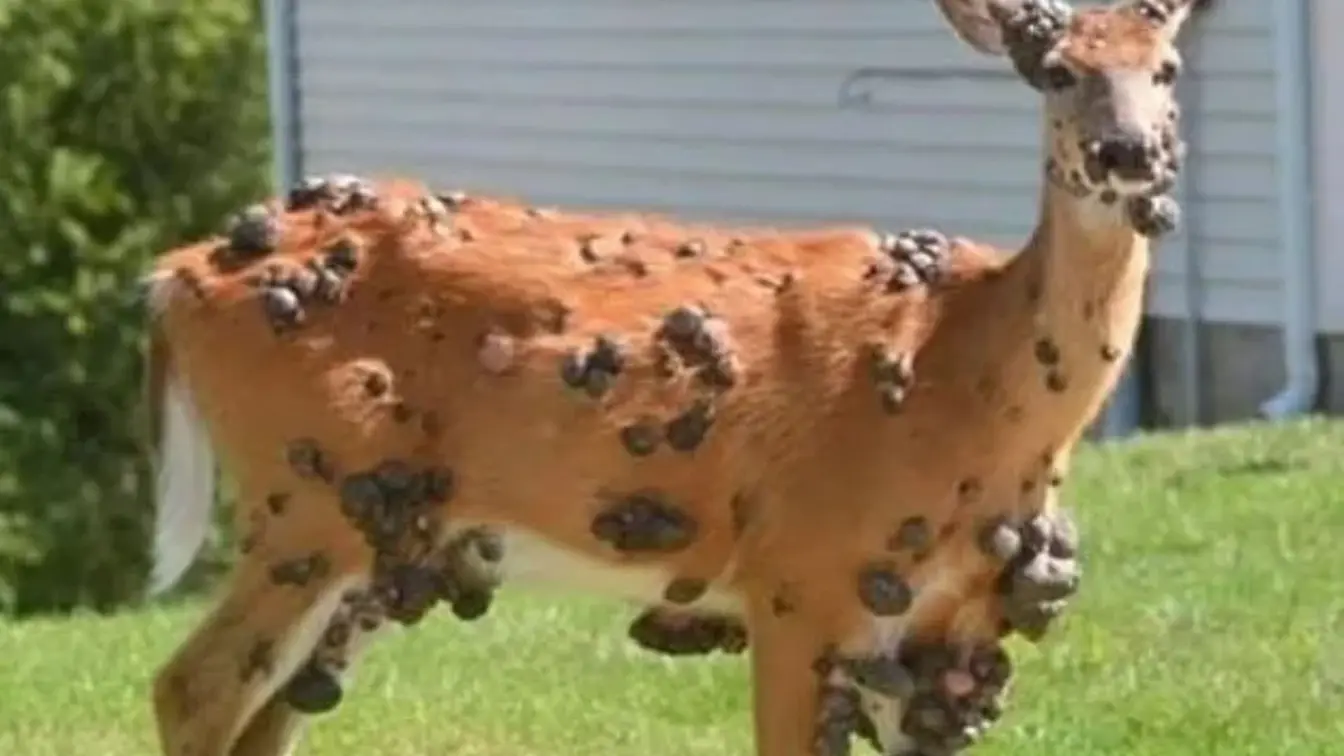
Wildlife lesions prompt official guidance

Mutant deer story prompts caution

Westmoreland County reports mosquito and tick virus risks
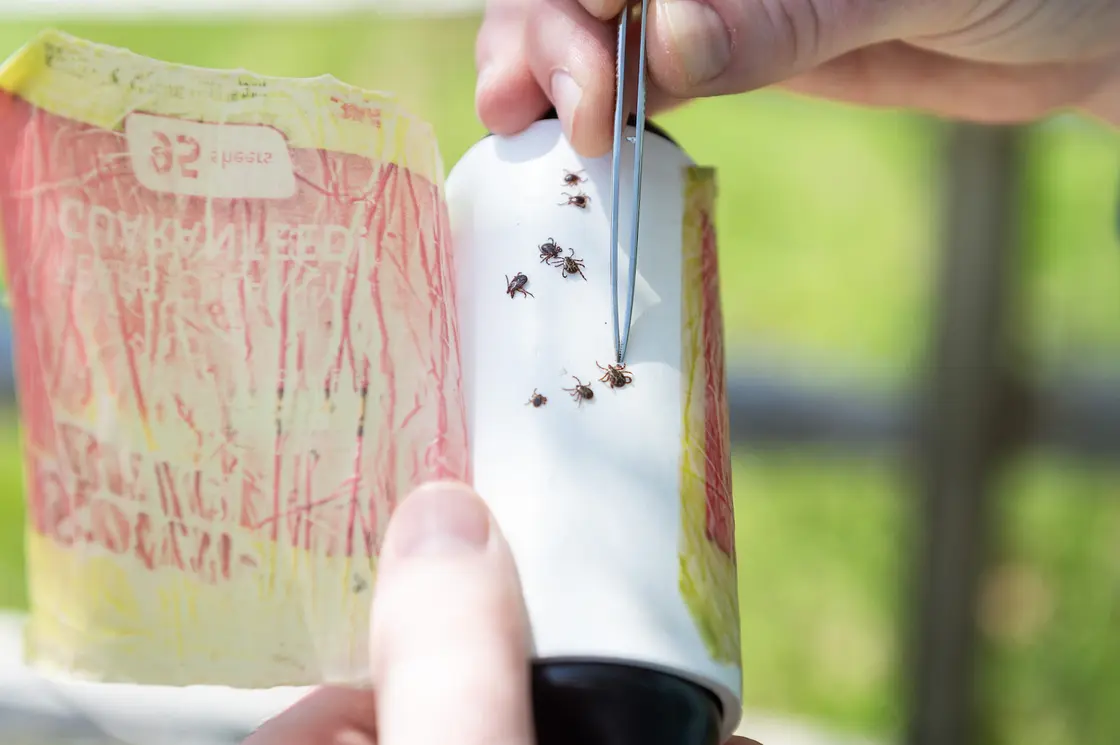
Investigation Begins into Powassan Virus Case
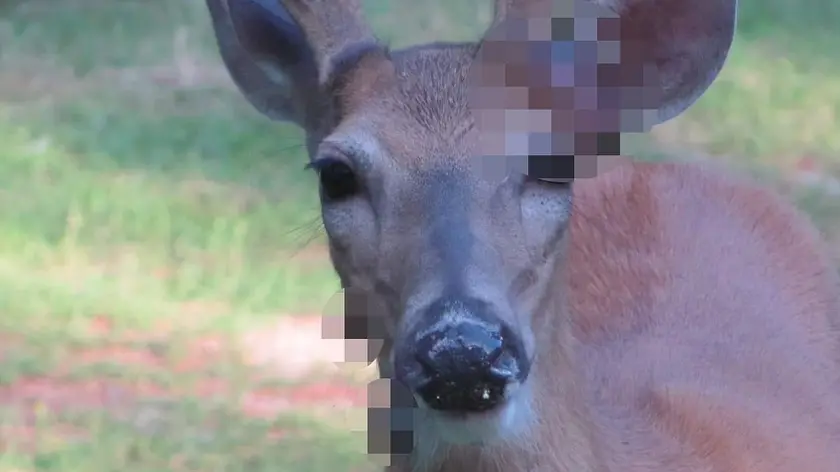
Deer Wart Outbreak Expands Across the United States
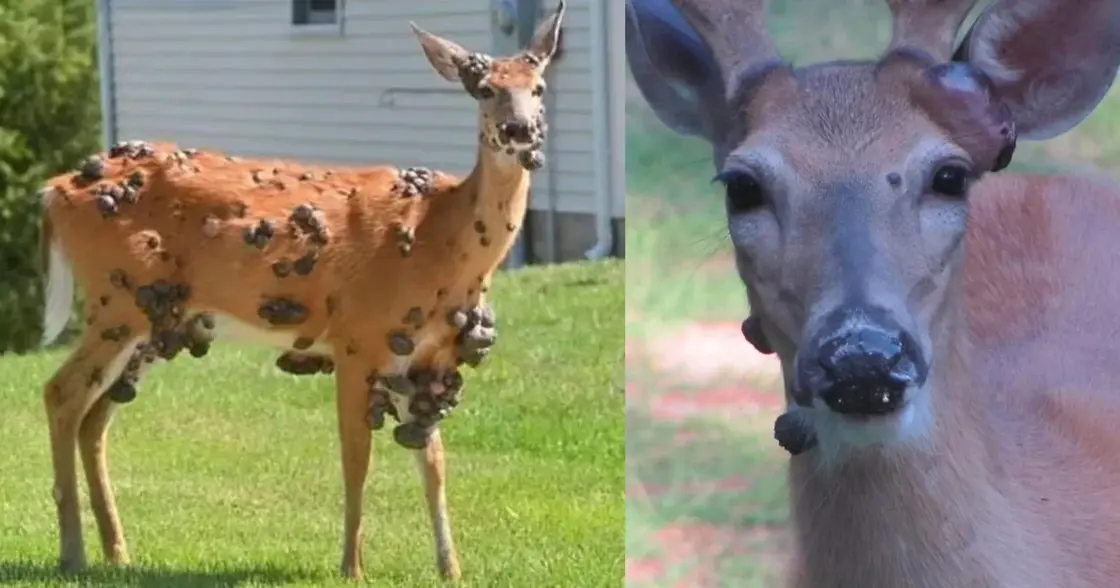
Deer disease sightings prompt health officials to monitor

Severed heads found in central Mexico
